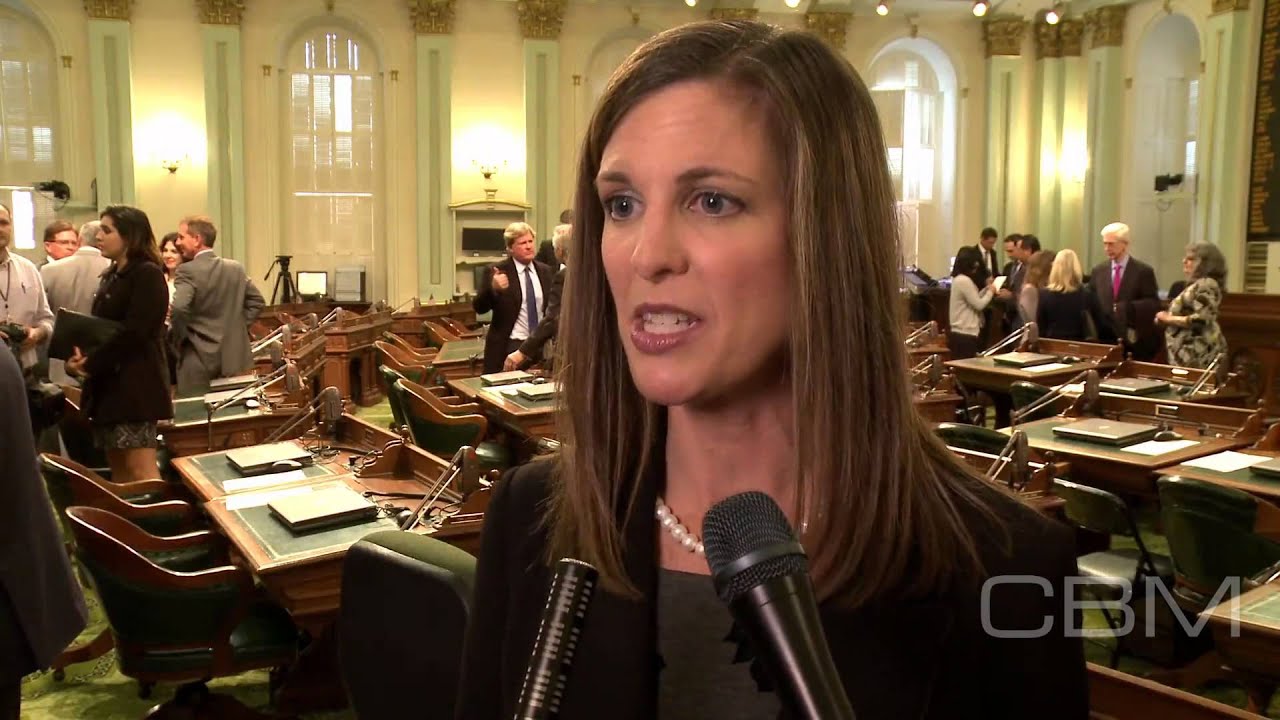
Los Angeles (CBM/Sheri Stuart)
California has always stood out among other states as a leader when it comes to transportation. The Golden State developed an early system of state routes and roadways that pre-dates the federal highway system. It also boasts of early infrastructure innovations like the Pacific Coast Highway, the Bay Bridge and the Arroyo-Seco Parkway.
On any given day, Californians travel across more than 50,000 miles of freeway lanes that the California Department of Transportation, commonly called Caltrans, is responsible for building, maintaining and restoring. | View the video “Our Community – Engagement and Education”
But taking a deeper-than-surface look at the state’s extensive network of roadways and the rich history upon which they are built, some observers say, upkeep of the roads that have historically been the lifeblood of the state’s economy is unequal. Roads in poorer neighborhoods are often in more disrepair than in affluent places.
Therefore, Assemblymember Mike A. Gipson (D-Carson), Chair of the Joint Legislative Audit Committee, has requested an investigation of Caltrans.
“Why are Compton, Carson, Watts, Gardena, and Long Beach looking different from Bellflower, Cerritos, and from affluent areas on the Westside, Beverly Hills, and Rancho Palos Verdes,” said Assembymember Gipson. “These are all cities still in the state of California, but if you drive down those communities and roads they are in grave conditions.”
The independent statewide audit will examine spending decisions related to the department’s maintenance program covering the most recent five years, and assess whether there exists inequities in repair priorities and the distribution of funds. To the extent possible, the audit will identify the current socioeconomic demographics of each district receiving funding.
The review comes at a time when politicians in Sacramento are floating a number of competing proposals on how to improve transportation in the state. For example, Assembly Republicans have introduced a 9-point “roadmap” they expect will provide more than $6 billion in new funding to address California’s transportation needs. Their proposal calls for an elimination of redundancies at Caltrans, saving $500 million annually. They created the plan in response to Governor Brown’s convening of a special session of the legislature on transportation funding.
While each group’s plan has a different focus and vision for what the future of transportation should look like in the state for many Black Caucus members fixing inequalities in the current system is a more pressing concern.
Despite anecdotal evidence of disparities in the upkeep of roads, Caltrans maintains that it is playing fair.
“Caltrans is investing statewide. We are aggressively focusing the limited resources we have for fix-it-first projects equally across the state where they can be most cost-effective on preventive maintenance to our existing infrastructure,” said Caltrans spokesman Jason Probst. “Projects are selected using criteria based on public safety, preservation, service and conditions of our assets, so all areas are equally weighted. A particular city or region’s economic status plays no role in the likelihood that they’ll be selected above any other area. Every dollar we invest in this strategy we realize $9-14 in savings.”
Probst confirmed that Caltrans will need approximately $80 billion over the next 10 years to address current and future needs of the state highway system.
“There is a projected funding shortfall of nearly $58 billion with available revenue,” he points out.
The auditor’s office anticipates the results of its investigation next year.
“There is a need that needs to be met and that is to repair the roads and infrastructure of our state,” added Assemblymember Gipson. “If you look at individuals in my district if it was on the ballot, I believe it be supported for the simple fact that they have been the ones who have been victims of what has transpired in terms of our roads.”




